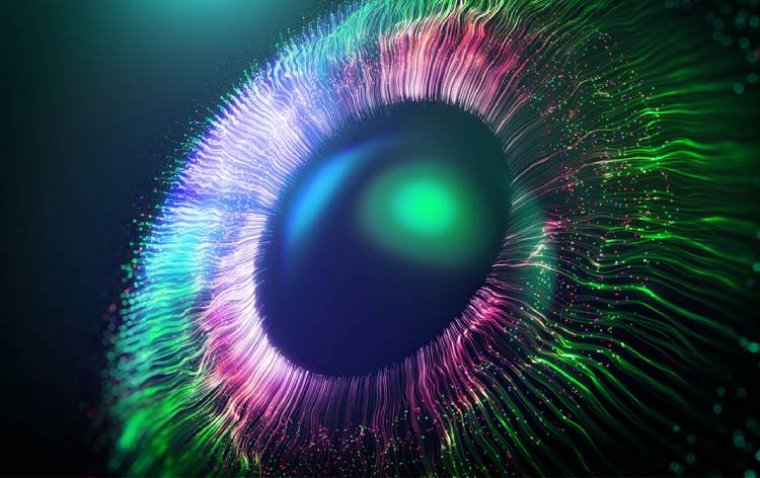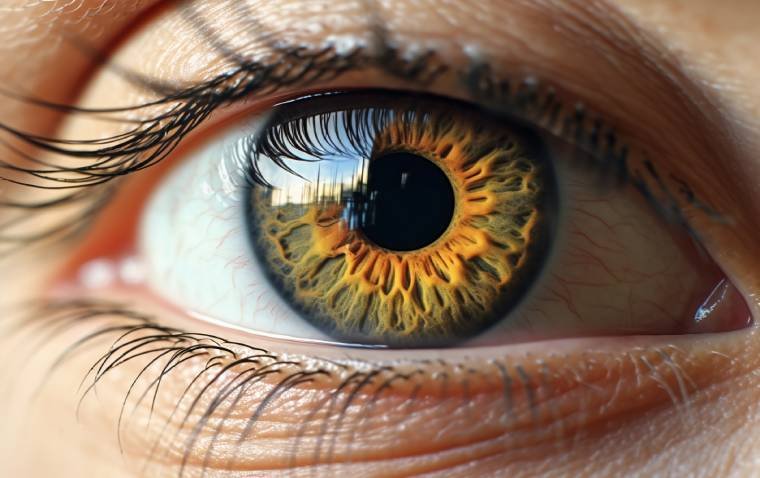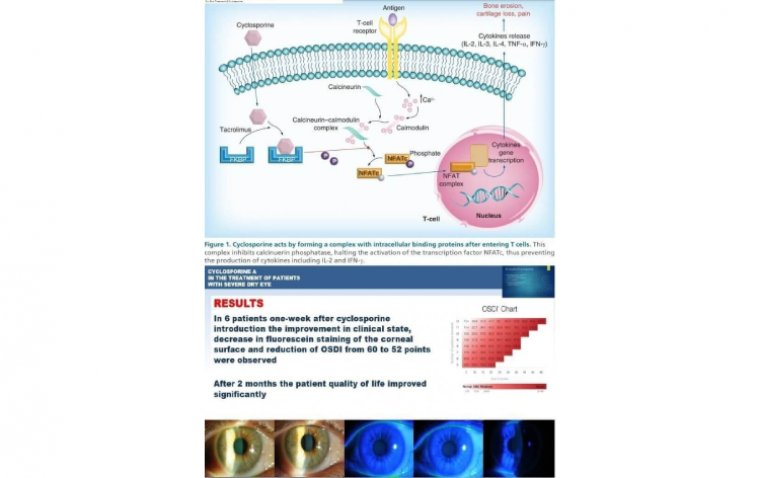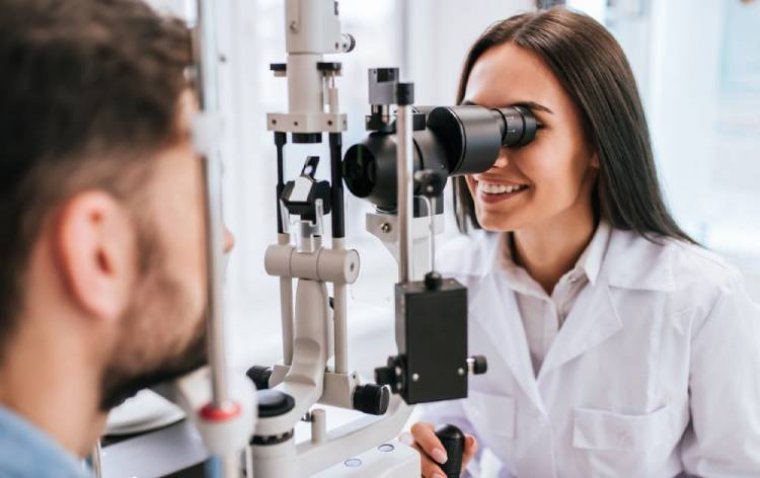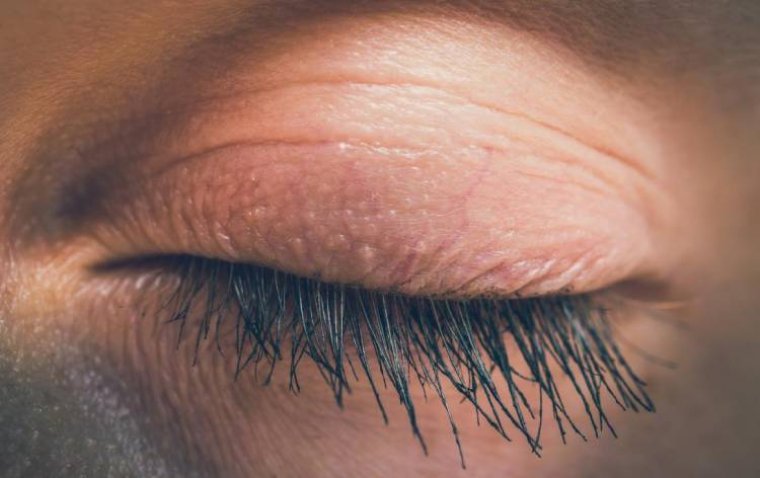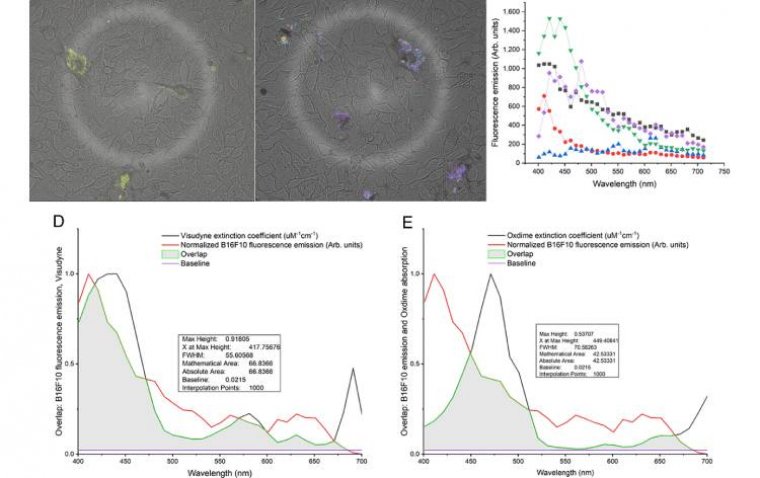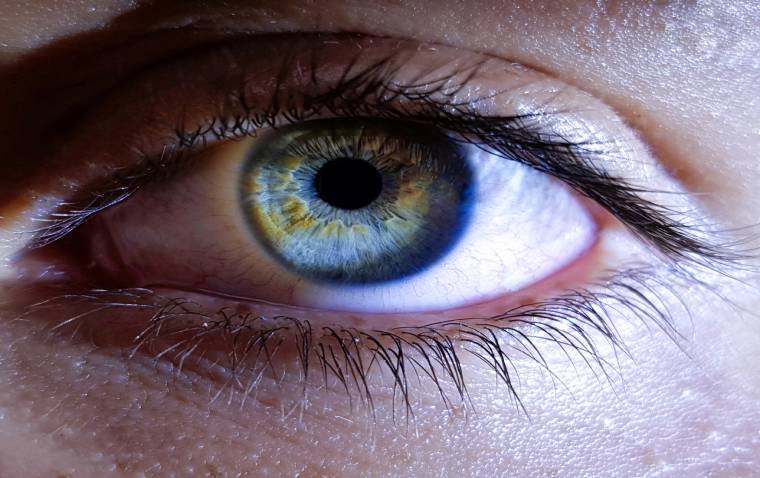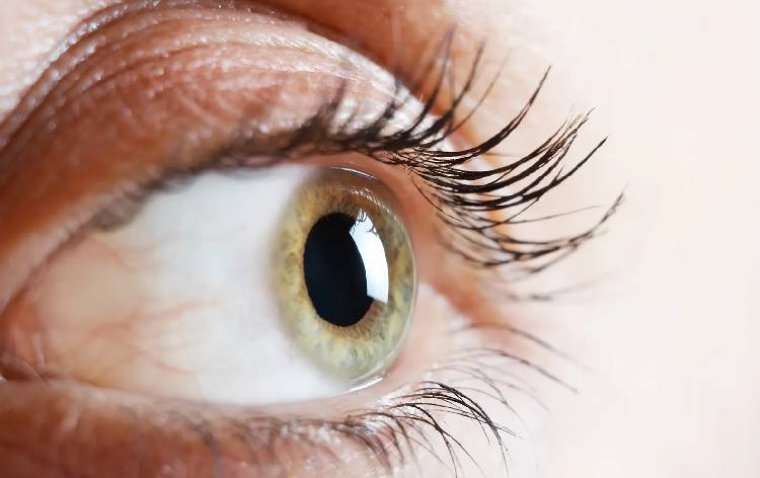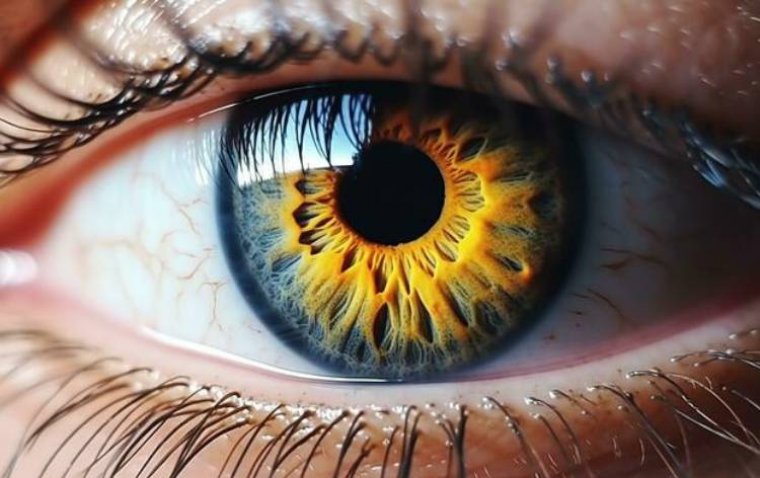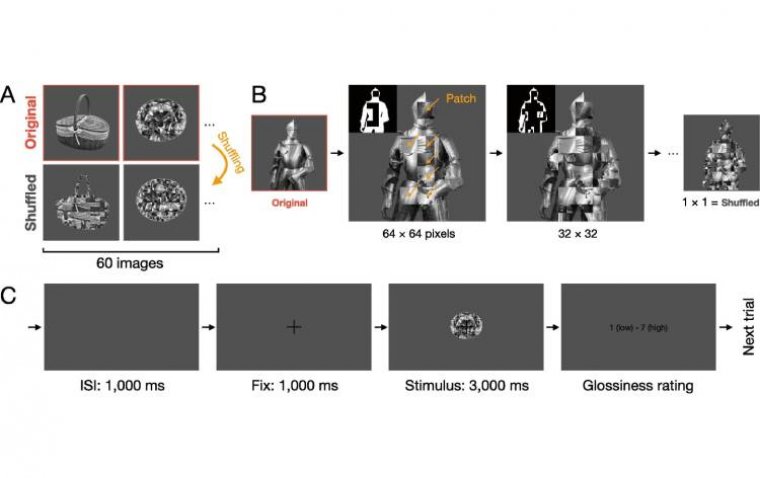
New Research Unravels Pupil Response to Glossy Objects
The association between perceived glossiness and pupillary response has been elucidated through a collaborative effort involving the Cognitive Neurotechnology Unit and the Visual Perception and Cognition Laboratory in the Department of Computer Science and Engineering at the Toyohashi University of Technology.
Understanding Pupillary Dynamics
The phenomenon of pupillary constriction in response to bright visual stimuli has been widely acknowledged. The researchers' latest investigation, published in the journal Vision Research, revealed that, after adjusting for uniform physical luminance levels among images, images perceived as highly glossy elicited greater pupil constriction.
Investigating Visual Perception Mechanisms
The pupil is responsible for modulating the quantity of light entering the eye; to achieve this, it undergoes constriction in response to visually bright stimuli, and dilation when exposed to dark objects. Owing to the inherent difficulty of voluntarily controlling pupil size, in recent years, the pupillary response has garnered significant attention as an objective metric to probe the mechanisms underlying visual processing.
Recent studies have revealed that, despite uniform physical luminance levels, pupil size varies in response to illusory images perceived as subjectively brighter or darker. However, the mechanism by which pupils react to images perceived as possessing either high or low glossiness remains poorly understood.
Experimental Design and Methodology
Hence, the researchers conducted psychophysical experiments using images depicting various objects characterized by different levels of glossiness. The participants were asked to assess the perceived glossiness of the images presented to them on a 7-point scale.
Concurrently, the participants' pupil diameters were recorded using an eye-movement-measuring device throughout the experiment. All images were adjusted to standardize their luminance levels, ensuring that the pupil diameter remained unaffected by physical luminance variations among the images. Furthermore, the experiment was performed in a dimly illuminated room, maintained at a consistent brightness level, to mitigate the influence of ambient brightness on the experimental conditions.
The experimental findings indicated that, despite uniform physical luminance, the observation of images perceived as possessing high glossiness induced pupil constriction, as depicted in the accompanying figure. The presence of white regions termed "specular highlights" in highly glossy images creates an impression within the visual system of light reflection.
Implications for Visual Perception
Assistant Professor Hideki Tamura of the Cognitive Neurotechnology Unit of the Department of Computer Science and Engineering, who proposed the concept for this research, explained this phenomenon as follows, "When observing objects with high glossiness, such as precious metals, you get the impression that they sparkle, even when the objects are not moving. If pupils responded to brightness illusions, we thought that they may also respond to highly glossy objects, which led to the idea of this research."
Future Directions and Concluding Remarks
This study is the first to clarify the relationship between subjective glossiness and pupillary responses. Textural characteristics such as glossiness and transparency have a notable influence on the perceived value of an object.
They propose that future studies are needed to investigate whether this phenomenon extends to diverse textures, thereby fostering a more comprehensive understanding of the mechanisms underlying value judgments pertaining to objects within the visual system.
Reference
Hideki Tamura et al, Glossiness perception and its pupillary response, Vision Research (2024). DOI: 10.1016/j.visres.2024.108393
(1).jpg)
